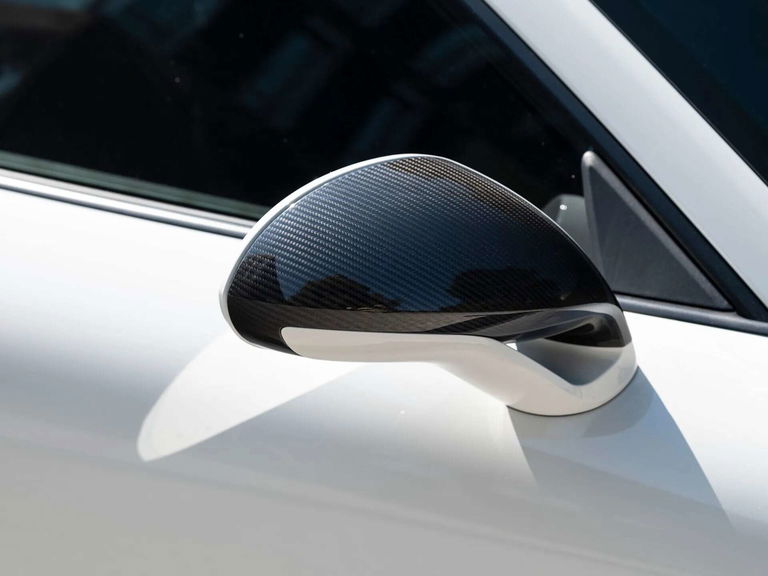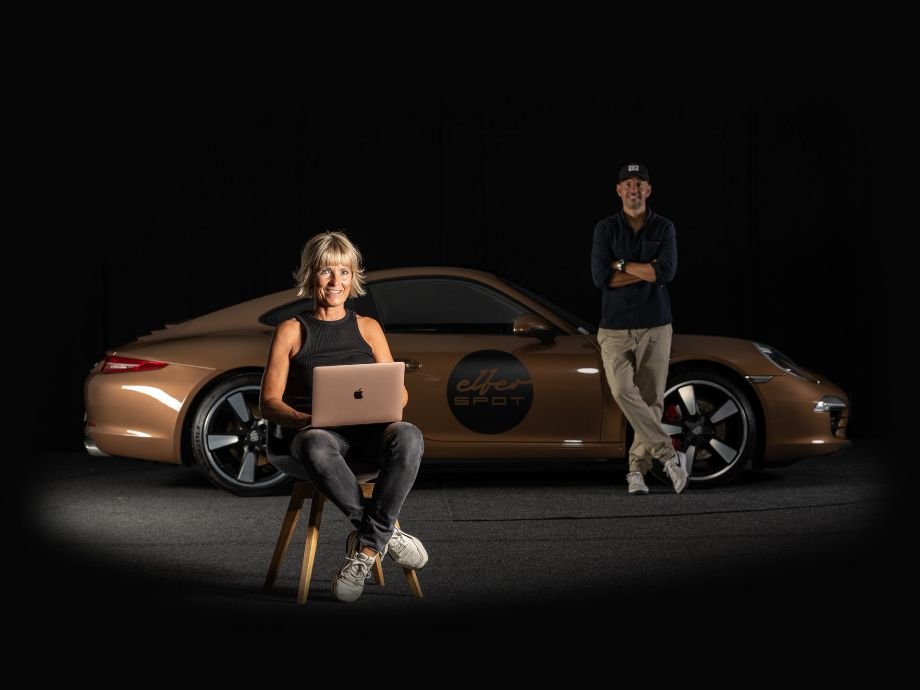Though the German firm had turned its back on GT2 by the time it revealed its all-new water-cooled 911—favouring instead the naturally aspirated GT3 class—the name lived on in the 996-generation 911. Sporting a 476-horsepower engine mated to a six-speed manual transmission, the 996 GT2 laid the groundwork for the revised 997, which upped power to 523 horsepower and allowed the model to enter true supercar territory, topping out at more than 320 km/h.
Things may have ended there were it not for the intervention of Nissan, whose GT-R announced its arrival by beating the 911 GT2 around the famous Nürburgring Nordschleife—a challenge the Stuttgart marque couldn’t ignore. The GT2 RS was the response—an ultra-high-performance version of the already wild GT2, that weighed 70 kilograms less than its forebear while producing a tyre-shredding 612 horsepower and 516 ft lb of torque. It reportedly beat the GT-R’s Green Hell lap time by nine seconds.
Though the new 991-generation Porsche 911 arrived in 2011, it would be a further six years before the GT2 RS nameplate would be revived. The new machine was a car of immense visual presence, with muscular and taut bodywork headlined by enormous air intakes that dominate the front bumper, with a vast fixed rear wing flying above the rear deck.
If the car’s external appearance promises, the drivetrain that underpins it truly delivers. Beneath the lightweight bodywork lies a twin-turbocharged and intercooled 3.8-litre flat-six engine mated to a lightening quick “Doppelkupplung” seven-speed dual-clutch transmission. The result is violent acceleration, with a 0 to 100 km/h sprint time of just 2.7 seconds, and a dizzying top speed just short of 340 km/h.
The most desirable variants—such as the example offered here—were specified with the “Weissach Package”, a costly option that included a raft of weight saving and performance enhancing features. Among them were the first ever carbon fibre stabiliser bars fitted to a production automobile. The space age material was also used for the bonnet and roof, while Magnesium wheels shaved almost 3 kilograms per corner. The cumulative weight saving was around three times that, thanks in part to the steel roll cage being upgraded to titanium.
Built on 4 May 2018, this stunning 911 GT2 RS was finished in White, with a matching White roof and with contrasting Satin Black wheels. As well as the ultra-desirable Weissach and Clubsport Packages, chassis 181074 was specified with Porsche’s Torque Vectoring Plus system, an electronically controlled locking rear differential, and rear-axle steering. The interior, meanwhile, featured Alcantara headlining, and Porsche 918 Spyder bucket seats trimmed in Alcantara and leather, accented by carbon fibre sill guards and white instrument dials. In a welcome nod to usability, the first owner specified an extended-range fuel tank along with Porsche’s Front Axle Lift System. At the time of cataloguing, the odometer reads just 172 km.
To date, the GT2 RS remains the most powerful and viscerally quick road-going sports car to ever wear the 911 badge. With an enviable list of options including the much-coveted Weissach Package, this well specified, low-mileage example has all the attributes of an investment-grade collector car—though one that will always tempt you to reach for the key.






































